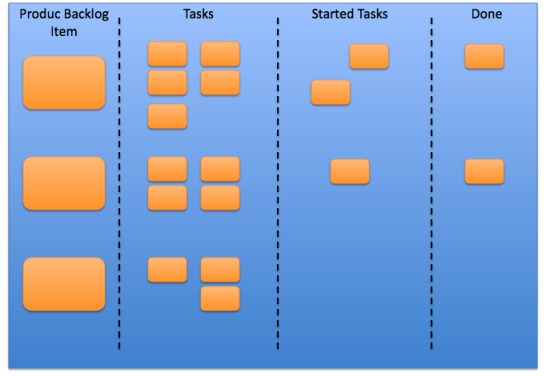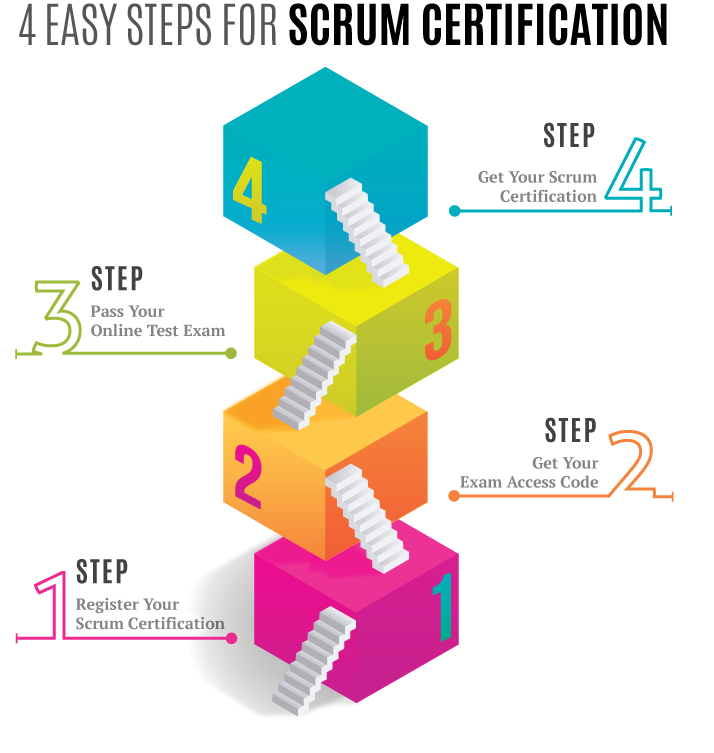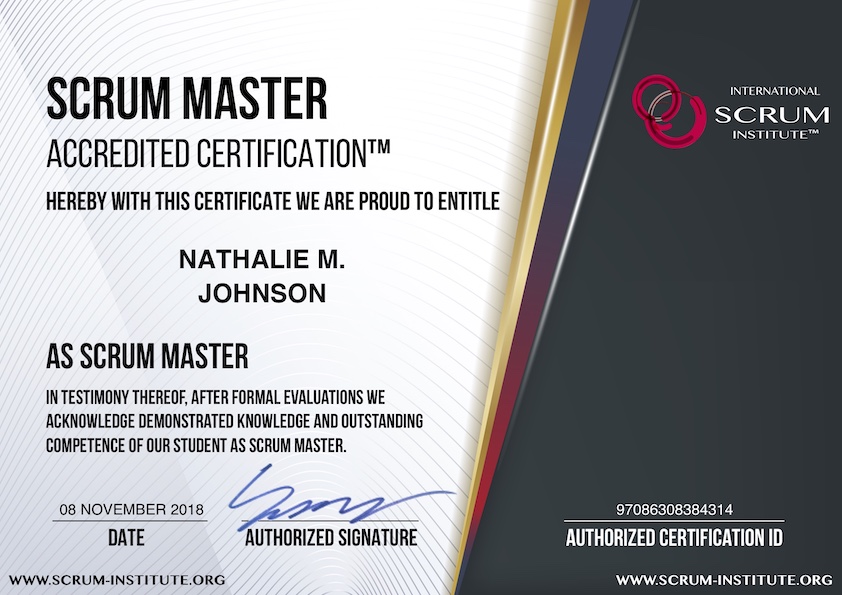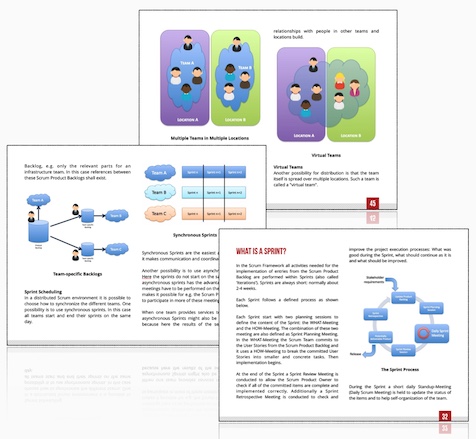What Is The Sprint Backlog? This Might Surprise You!
The Sprint Backlog stores and maintains user
stories required to deliver the shippable
software increment of a Sprint.
These user stories are the ones the Scrum Team
committed during the Sprint Planning Meeting.
All user stories in the Sprint Backlog are
estimated to enable the monitoring and tracking
of the work.
The Sprint Backlog is a living artifact, and
during the course of Sprint, the Scrum team
members continuously update it.
When a Scrum Team member works on a task,
his or her name is associated with it. The status
of the task is set to "Started Tasks" or "Work In
Progress". When the task is completed according
to its Definition of Done, its status is set to
"Done" or "Completed".
New tasks (not new user stories) can be added to
the Sprint Backlog during the Sprint. At the end
of every day, the remaining effort to deliver the
full Sprint Backlog is calculated. This helps the
Scrum Team and the Scrum Product Owner to
monitor the remaining amount of work to bring
the Sprint goals to success.
The Sprint Backlog can be kept electronically by
using a Scrum Project Management Software or
spreadsheet software such as Excel or Google
Sheet. Alternatively, for smaller and new teams,
cards (or post-its) glued on a real physical board
can be used too.
The latter has some advantages such as transparency
of work and easy access for everyone,
including the stakeholders. Its downside is that
it's not sustainable if the Scrum Team is distributed
over multiple locations.
The figure below shows a sample of how such a
Sprint Backlog Board can be built. The structure
should be adapted to reflect the needs of the
project and the Scrum Team.

A Sample Sprint Backlog Board
It's evident that for a Scrum Team to work
productively, they need to understand the
difference between a Product Backlog and a
Sprint Backlog, and how these two elements
interact to execute forward the project.
Remember that there is a complete list of
user stories from the Product Backlog. And
now, a small subset of this list is being moved
to Sprint Backlog to accomplish the goals of
the Sprint.
During the Sprint Planning Meeting, all members
of the Scrum Team should discuss what tasks
must be done and how these tasks will be
completed.
It's at this point that each item on the Sprint
Backlog is broken down into tasks or steps that
will be taken to complete the committed user
stories. All of this must be clearly communicated
and agreed upon, so the Scrum Team members
have an unmistakable consensus about what is
coming in the Sprint and what it takes to
accomplish its goals.
Share It With Your Colleagues and Friends to Help Them Learn:
What Is The Sprint Backlog? This Might Surprise You!
|
|

|

|

|

|
|
 SCRUM INSTITUTE™
SCRUM INSTITUTE™






